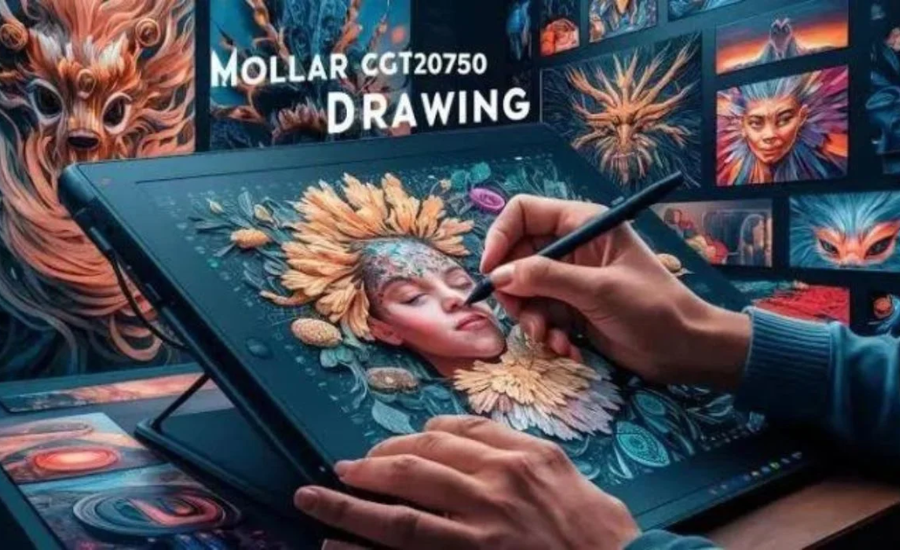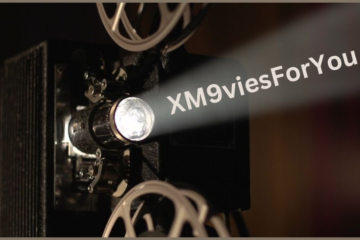The mollar cgt20750 drawing stands as a striking example of creativity and technical mastery, blending artistic innovation with intricate detail. Its unique style and finely executed composition have captured the attention of art enthusiasts and critics alike. More than just a visual representation, this artwork encapsulates the essence of the artist’s vision, merging imagination with precision to create a piece that resonates on both an intellectual and emotional level.
The artist behind the mollar cgt20750 drawing demonstrates a rare ability to combine imaginative elements with technical prowess, resulting in a work that speaks deeply to viewers. Through careful use of line work, shading, and composition, the artist has crafted an image that is as thought-provoking as it is visually stunning, making it a notable contribution to contemporary art.
This article explores the significance of the Mollar CGT 20750 drawing by delving into the artist’s background, examining the techniques employed, and understanding the cultural and artistic influences that shaped this remarkable piece. Whether you’re a seasoned art lover or simply intrigued by the beauty of this drawing, this exploration will provide a greater appreciation for the skill and creativity behind this captivating work.
The Artist Behind the Mollar CGT 20750 Drawing

The mollar cgt20750 drawing is the creation of a celebrated artist known for leaving a significant mark on the art world. From an early age, the artist exhibited a profound passion for visual expression, which guided them through years of dedicated practice and exploration. With a foundation in both classical and contemporary art forms, the artist’s work is a testament to a rich blend of artistic traditions.
The artist’s early education in fine arts played a crucial role in shaping their technical skills. This solid grounding allowed them to explore and refine their distinctive artistic voice over time. Characterized by a unique fusion of realism and abstraction, their work stands out for its ability to balance lifelike detail with imaginative elements. The Mollar CGT 20750 drawing exemplifies this signature approach, showcasing the artist’s skill in blending precise realism with creative abstraction.
Artistic Influences and Inspirations
The artist’s work is deeply influenced by several major art movements, including surrealism, realism, and cubism. Influential figures such as Salvador Dalí, Pablo Picasso, and Leonardo da Vinci have notably impacted their artistic vision. These legendary artists have inspired the artist to explore and integrate various stylistic elements into their own creations. Beyond these historical influences, the artist draws inspiration from nature, architecture, and human experiences, infusing their work with a multi-dimensional quality that enhances its depth and complexity.
The Mollar CGT 20750 drawing is a reflection of these diverse influences. The intricate details and dynamic composition of the piece highlight the artist’s ability to harmonize different stylistic elements into a unified whole. By merging traditional and modern techniques, the artist creates works that are not only visually captivating but also rich in narrative and emotional resonance. This blend of inspirations and influences underscores the unique character of the Mollar CGT 20750 drawing, making it a compelling example of contemporary artistic innovation.
Dissecting the Drawing: Essential Features and Techniques
Intricate and Balanced Composition
The Mollar CGT 20750 drawing is a masterclass in both complexity and balance. The artist has meticulously arranged the elements to guide the viewer’s gaze across the entire piece, ensuring that every detail is appreciated. The composition is thoughtfully designed to suggest movement and energy, which invites viewers to engage with various aspects of the drawing. From the delicate fine lines to the broader strokes, each component plays a role in creating a cohesive and dynamic whole.
At the core of the drawing lies a central figure, meticulously surrounded by abstract forms that add layers of depth and complexity. The artist employs the principles of symmetry to create a harmonious balance among the different elements. While the central focal point of the drawing is unmistakably clear, the surrounding details offer a rich tapestry of visual interest, encouraging viewers to explore and appreciate the subtleties of the piece.
Masterful Use of Color, Light, and Shadow
Although the Mollar CGT 20750 drawing predominantly uses monochromatic tones, the artist’s expert manipulation of light and shadow infuses the piece with a striking sense of dimensionality. Through careful shading, the artist enhances the drawing’s depth, leading the viewer’s eye and adding emotional weight to the composition. This subtle use of light and shadow transforms the piece, giving it a lifelike quality that draws the observer deeper into the artwork.
The drawing, while largely in black and white, exhibits a rich texture due to the artist’s skillful use of contrast. Highlights are applied with precision to accentuate key elements, creating focal points that captivate the viewer. Meanwhile, the darker tones contribute a sense of gravity and substance, enriching the overall impact of the drawing. This effective interplay between light and shadow is central to the drawing’s visual appeal, making it both engaging and emotionally resonant.
Depth and Emotional Resonance
The depth achieved in the Mollar CGT 20750 drawing is a testament to the artist’s understanding of form and space. By expertly managing the light and dark areas, the artist creates a three-dimensional effect that enhances the piece’s realism. This dimensionality is not merely technical but also adds a layer of emotional depth, allowing viewers to connect more profoundly with the artwork.
The artist’s approach to shading and contrast plays a crucial role in conveying the mood and atmosphere of the drawing. The nuanced use of highlights and shadows contributes to the emotional undertones, making the artwork not just a visual experience but also an evocative one. This depth of feeling is integral to the piece, adding to its overall impact and significance.
Harmonious Integration of Elements
The Mollar CGT 20750 drawing’s composition is a fine example of how different artistic elements can be seamlessly integrated. The central figure and surrounding abstract forms are not only balanced but also interact in a way that enhances the overall harmony of the piece. This careful integration ensures that every aspect of the drawing contributes to its visual and thematic coherence.
The artist’s ability to harmonize various elements—whether through symmetry, contrast, or shading—demonstrates a high level of skill and artistic vision. The result is a drawing that captivates with its intricate details and balanced composition, offering viewers a rich and engaging experience.
The Significance of the Mollar CGT 20750: Artistic and Technical Dimensions
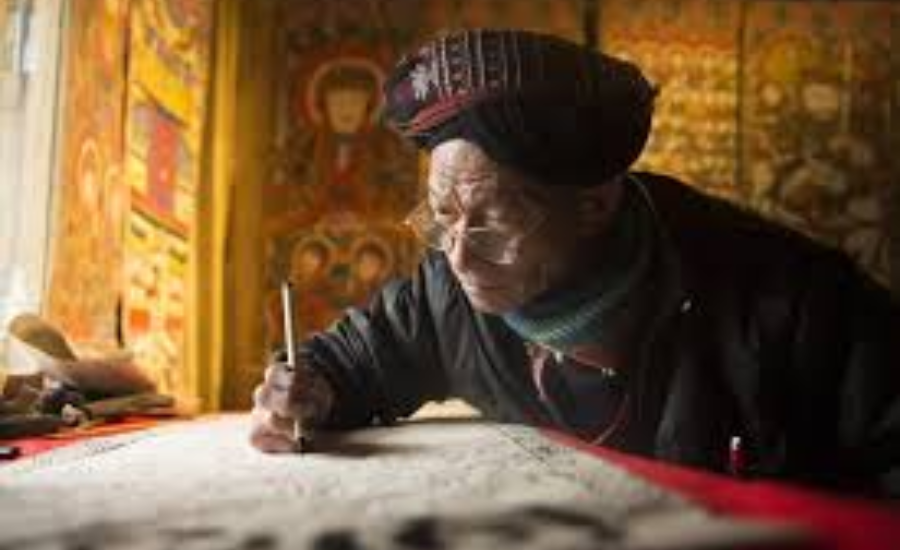
The Mollar CGT 20750 is more than just an artistic subject; it occupies a distinctive position in both the realms of art and technology. The artist’s depiction of the Mollar CGT 20750 infuses it with a depth of meaning that invites diverse interpretations. Whether seen as a reflection of modern technological progress or a profound commentary on human ingenuity, the subject’s importance is substantial and multifaceted.
Historical and Cultural Context
To fully appreciate the Mollar CGT 20750, it is essential to consider its historical or cultural context. This historical context enriches the artwork, providing a backdrop that connects the depicted object to larger themes of progress and development.
Furthermore, the drawing may engage with cultural references, offering insights into the artist’s perspective on the interplay between humanity and technology. It might reflect commentary on how design and innovation have evolved over time, showcasing the artist’s reflections on these dynamic relationships.
The Artist’s Unique Interpretation
The artist’s representation of the Mollar CGT 20750 transcends simple depiction. By incorporating both mechanical precision and abstract elements, the artist imparts the subject with a distinctive emotional and personal touch. This approach transforms the Mollar CGT 20750 from a mere object into a piece of art that provokes thought and engagement. The integration of detailed technical aspects with imaginative elements makes the drawing both captivating and contemplative, encouraging viewers to explore its deeper meanings.
Emotional and Conceptual Depth
The artist’s interpretation brings a layer of emotional depth to the Mollar CGT 20750, turning it into a subject of introspection. Through this creative lens, the drawing becomes more than a visual representation; it evolves into a narrative that resonates with viewers on a personal level. The juxtaposition of technical and abstract features invites a broader exploration of themes related to innovation, culture, and human experience.
The Drawing’s Emotional and Aesthetic Appeal
The Mollar CGT 20750 drawing exudes a profound emotional appeal, captivating viewers with its intricate detail and precision. Its aesthetic balance—marked by a delicate interplay between light and shadow, simplicity and complexity—creates a harmonious effect that resonates deeply with those who engage with it.
The Artist’s Message and Intent
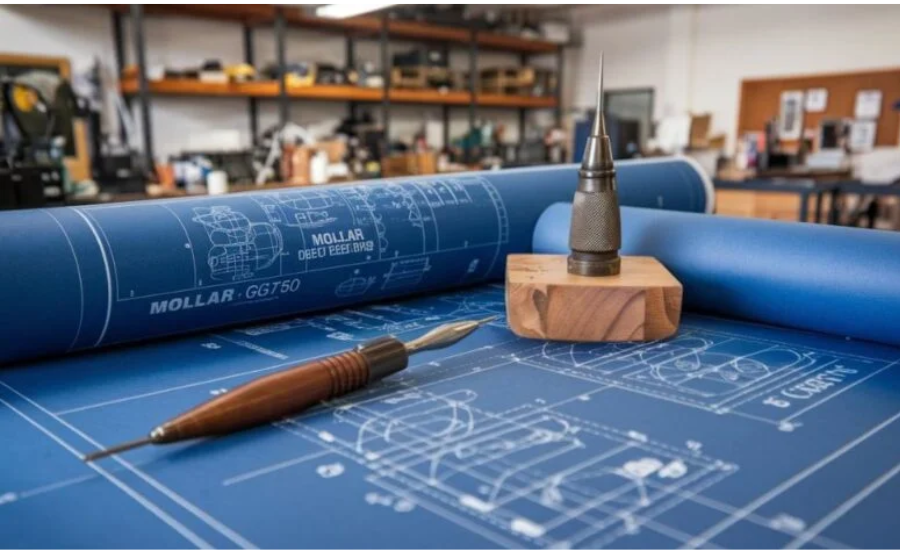
Though the specific interpretation of the mollar cgt20750 drawing may vary among viewers, it is evident that the artist aimed to convey a message that extends beyond mere visual representation. The technical prowess demonstrated in the drawing, coupled with the artist’s distinctive style, hints at themes of innovation and complexity. The artwork reflects a deep appreciation for human ingenuity and the intricate nature of technological advancements. Through this piece, the artist explores and highlights the beauty inherent in the intersection of art and technology, encouraging viewers to appreciate the sophisticated interplay of these elements.
Contextualizing the Drawing in the Art World
In the broader art context, the Mollar CGT 20750 drawing occupies a noteworthy position. It stands as a testament to the synergy between artistic creativity and technological sophistication. This artwork serves as a symbol of how art can engage with and reflect upon contemporary technological themes. By blending technical skill with creative vision, the drawing establishes itself as a meaningful contribution to ongoing conversations about the intersection of art and innovation.
Cultural Impact and Broader Implications
The cultural impact of the Mollar CGT 20750 drawing extends beyond its immediate visual appeal. It challenges viewers to reconsider the role of art in the context of technological and industrial progress. By integrating complex technical elements with artistic expression, the drawing prompts a deeper reflection on how these domains intersect and influence each other. Its ability to engage audiences in discussions about art and technology highlights its relevance in contemporary cultural discourse, making it a significant piece that contributes to a broader understanding of modern artistic practices.
Technical Specifications and Conservation Methods
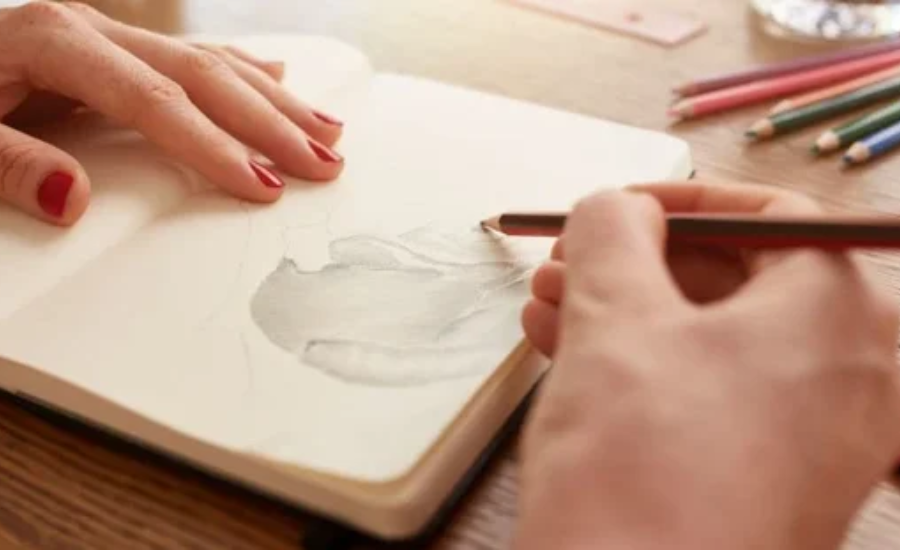
Dimensions and Materials Used for the Drawing
The mollar cgt20750 drawing stands out not only for its artistic depth but also for the meticulous choice of materials used in its creation. Crafted on premium-quality paper, the drawing showcases the artist’s precision through a blend of graphite and ink. This combination allows for the detailed line work and nuanced shading that bring the piece to life. The dimensions of the drawing are thoughtfully chosen to highlight the intricate details, ensuring that each element is presented in a way that contributes to the overall harmony of the composition. The size and material selection enable viewers to fully appreciate the complexity and craftsmanship involved in the artwork.
Preservation Efforts and Conservation Techniques
Maintaining the Mollar CGT 20750 drawing requires a commitment to conservation practices that protect its integrity over time. Climate-controlled storage environments help mitigate the risks associated with temperature and humidity fluctuations, which could otherwise damage the paper and ink. Additionally, protective framing is employed to shield the artwork from physical damage and light exposure. Regular monitoring and professional conservation techniques ensure that the drawing remains in excellent condition, preserving its quality for future generations to appreciate and study.
Availability for Public Viewing
The mollar cgt20750 drawing may be accessible to the public through various venues, including art galleries and exhibitions. Such opportunities allow art enthusiasts and critics alike to experience the piece firsthand, appreciating its detailed craftsmanship and artistic significance. Public viewings provide a platform for the artwork to engage with a broader audience, fostering greater appreciation and understanding of the artist’s vision.
Acquisition Opportunities
For those interested in owning a piece of this remarkable artwork, there may be opportunities to acquire the Mollar CGT 20750 through select art dealers or auction houses. The availability of the drawing for purchase can vary, depending on its current status and location. Art collectors and enthusiasts may need to consult with reputable dealers or keep an eye on upcoming auctions to secure this significant work for their own collections.
FAQS
1. What is the Mollar CGT 20750 drawing?
The mollar cgt20750 drawing is a captivating work of art that combines creativity with technical precision. The drawing can represent various themes, including modern technology, abstract concepts, or symbolic interpretations.
2. Who is the artist behind the Mollar CGT 20750 drawing?
The artist responsible for the Mollar CGT 20750 is a celebrated figure in the art world, recognized for their mastery of both classical and contemporary techniques. Their background includes extensive training in fine arts, allowing them to develop a distinctive style that fuses realism with abstraction.
3. What artistic influences are reflected in the Mollar CGT 20750 drawing?
The drawing is influenced by several major art movements, including surrealism, realism, and cubism. Influential artists such as Salvador Dalí, Pablo Picasso, and Leonardo da Vinci have shaped the artist’s approach. Additionally, inspiration from nature, architecture, and human experiences enriches the drawing’s complexity.
4. How does the artist use color, light, and shadow in the drawing?
Although predominantly monochromatic, the drawing utilizes light and shadow to create a sense of dimensionality. The artist’s expert shading and contrast enhance the piece’s depth, adding emotional weight and a lifelike quality.
5. What are the dimensions and materials used for the Mollar CGT 20750 drawing?
The Mollar CGT 20750 drawing is crafted on high-quality paper using graphite and ink. The dimensions are chosen to showcase the intricate details and balance of the composition, allowing viewers to fully appreciate the craftsmanship involved.
Conclusion
The mollar cgt20750 drawing is a testament to the artist’s exceptional skill and innovative approach. It stands as a remarkable example of how intricate detail and technical precision can merge with creative vision to produce a compelling work of art. The drawing’s blend of realism and abstraction, combined with its meticulous use of light, shadow, and composition, not only showcases the artist’s mastery but also invites viewers to explore its deeper meanings. Through its historical, cultural, and emotional dimensions, the Mollar CGT 20750 drawing continues to inspire and engage audiences, reinforcing its significance in the contemporary art world. Its careful preservation and occasional public display ensure that this impressive piece remains accessible and appreciated by art enthusiasts and collectors alike.
Stay in touch for more updates and alerts: WebcordVirus!
